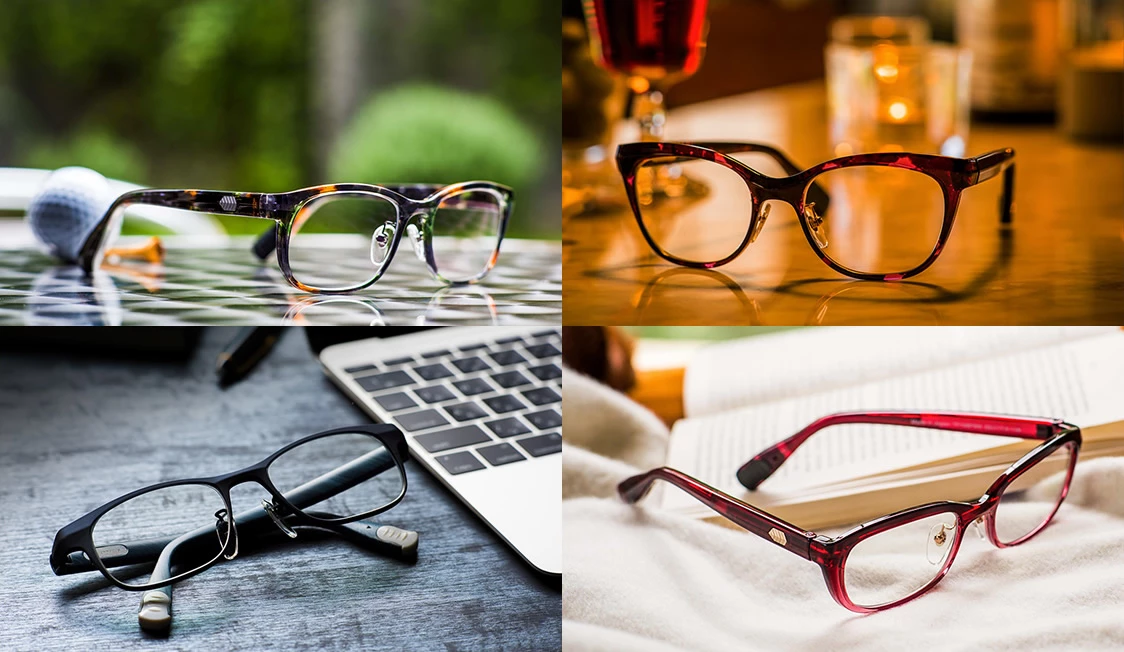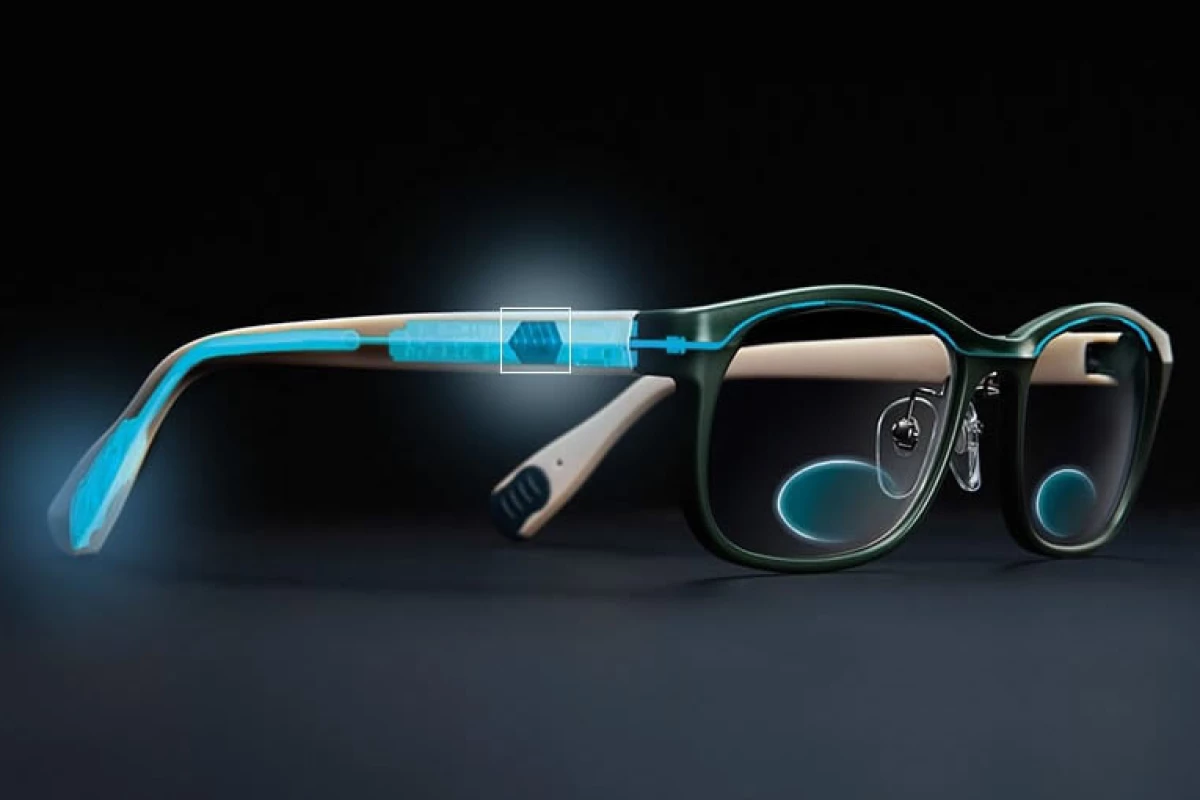We've written about electronically adaptive eye-glasses that can switch between everyday and reading modes at the touch of a button before, but nothing has made it to the wider market yet. So this Japanese company's TouchFocus design might be the first to get the concept up and running.
Back in 2011, we looked at PixelOptics, which used electrically-actuated liquid crystal arrays in the glass to switch focal settings and turn a pair of regular glasses into short-focus reading glasses at the touch of a button. Importantly, they looked good, too, which is not always the case with adaptive glasses.
But PixelOptics didn't make it. Despite a workforce that believed fervently in its product, the early shipments had a range of problems and the company went under in 2013.

Japan's TouchFocus appears to pick up where PixelOptics left off. The company offers attractively styled glasses that switch focus at the press of a button near your temple. They use a similar liquid crystal system to the PixelOptics one, and TouchFocus is offering 20 different frame designs to begin with.

They charge through USB, with a full charge taking four hours and lasting 10 hours – mind you, that's 10 hours in reading mode, and the glasses only consume power when reading mode is on. And the company tells us you don't need separate prescriptions for the two modes, it's all done using a single standard prescription.
The price? Brace yourself: recommended retail in Japan is ¥250,000 (US$2,220) a pair – plus tax. So you wouldn't want to sit on them.
Source: TouchFocus










